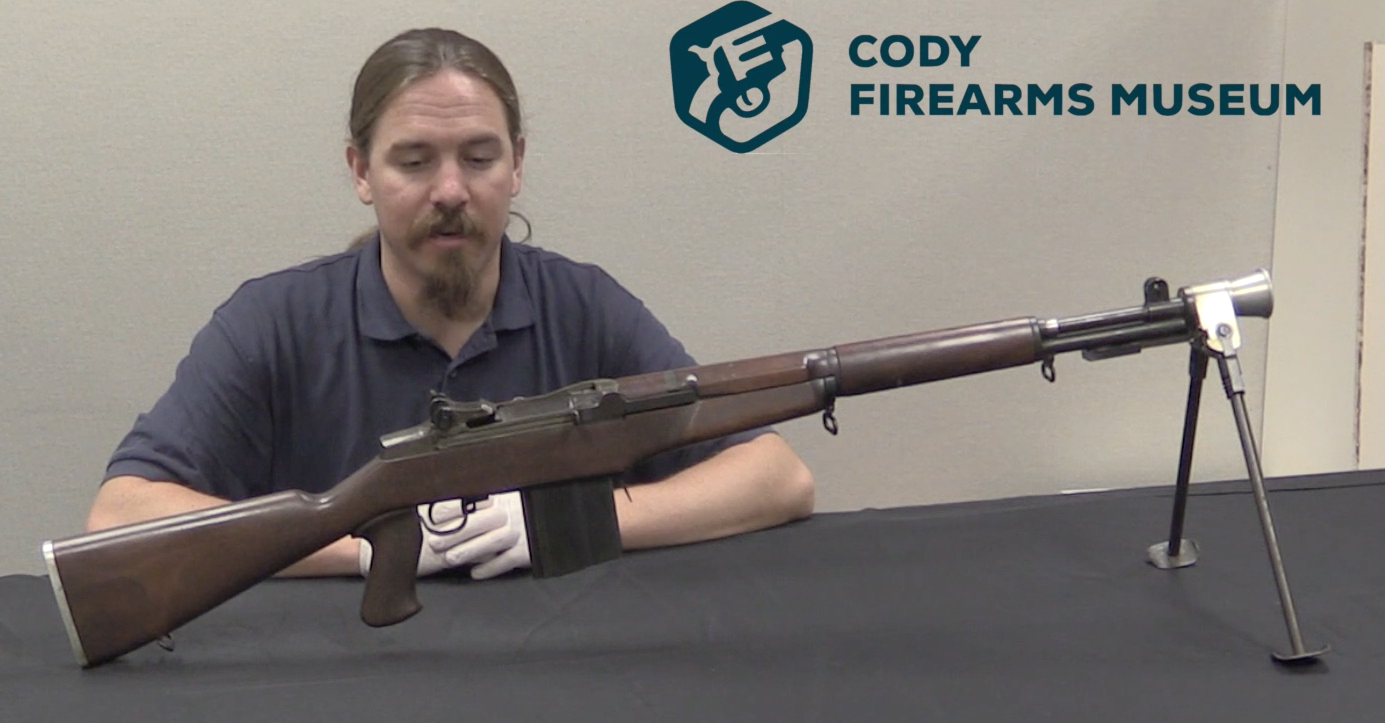Line-throwing devices have long been an important part of maritime safety, and many different have been guns adapted to launch ropes from shore to ship or ship to ship. Usually they are inexpensive obsolete surplus of the era, but a change in law in 1918 led to a spike in demand for line-throwers in the US. As a result, a number of entrepreneurs put together line-throwing rifle kits. One of these was William Read & Sons, who bought 497 Model 1886 Winchester lever action rifles in .45-70 form the Winchester factory, specifically bored smooth and with barrels cut down the 14.5 inches. They packaged these with line launching projectiles, spools or rope, blank cartridges, and other accessories and sold them commercially. This particular model was used by both the US Coast Guard and Navy as well as private ship owners, and remained in use until after World War Two.
For a tremendous amount of information on line throwers, I highly recommend John Spangler’s article “Guns to Save Lives”:
https://americansocietyofarmscollectors.org/wp-content/uploads/2022/04/2015-B111-Line-Throwing-Guns.pdf




Hammer. 45-70 blank cartridges. A lever action, single shot .410?
“(…)Winchester 1886 Line Thrower”
What is maximal range of said device? Was it limited by how long it could throw or simply by length of line? If latter were there lines of different lengths or all were equal?
Max range of all the .45 caliber line throwing guns with the rod type projectiles was about 350-450 feet, so the shot lines (very light weight, similar to a shoe lace diameter) supplied were no longer than that.
Underway replenishment for ships (the main naval use of the line throwing guns) took place with the ships separated by about 80-120 feet, so the guns were able to handle that with no problems.
Other users, such as the U.S. Life Saving Service, then the U.S. Coast Guard could use the guns out to maximum range for rescue operations. The USLSS/USCG Lyle type cannons had a much longer range and were better suited for shore to ship rescue operations, but the light weight and portability of the shoulder line throwing guns made them better suited for ship to ship, or ship to shore use.
“Had it been daylight, the warrant bosun would have fired a
line out of a gun, but in darkness that would mean a revealing
flash.” https://www.fadedpage.com/showbook.php?pid=20190863
“Had it been daylight, the warrant bosun would have fired a
line out of a gun, but in darkness that would mean a revealing
flash.”
https://www.fadedpage.com/showbook.php?pid=20190863